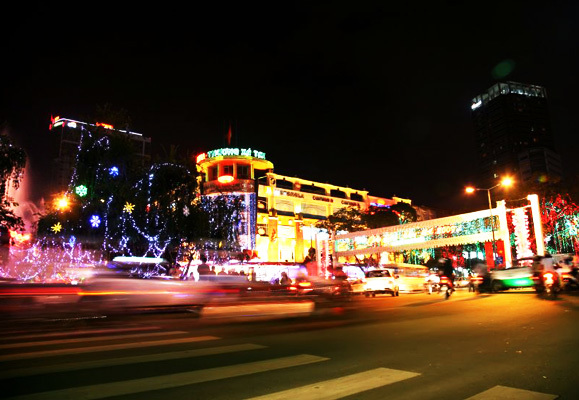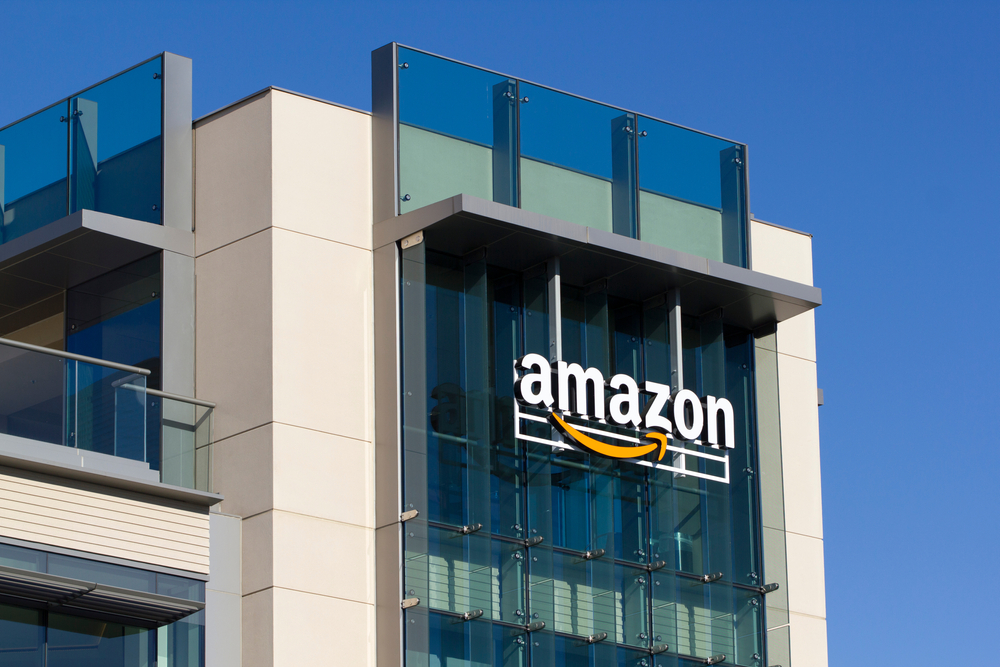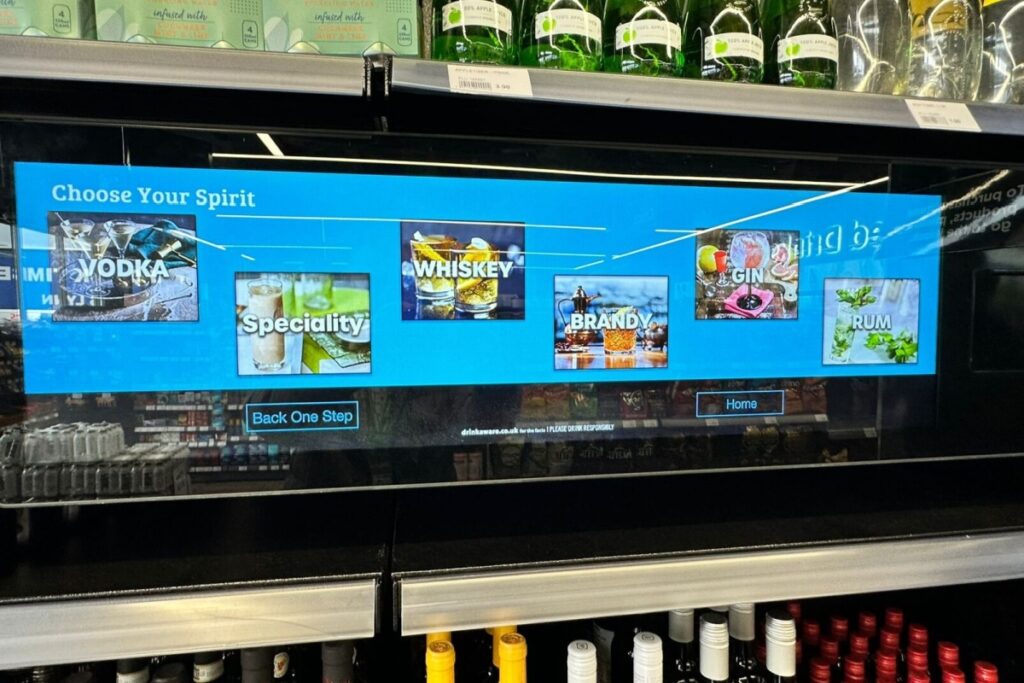With retailers around the globe concentrating their attention on Asia as the next frontier, many make the mistake of focusing too heavily on China. Whilst China is undoubtedly Asia‘s golden child, Asia comprises the largest and most populous continent with a combined population of approximately 4.4bn, as such it presents a huge opportunity for the e-commerce industry. In fact, Asia contributed a massive 35% of the world‘s e-commerce turnover in 2014 and is continuing to grow.
There are numerous elements at play when considering the growth in this market aside from the vast populous mentioned above. In fact, research shows three distinct trends fuelling the rise in the Asian market. Alongside the continued desire for Western products, which is only increasing with the growing accessibility of global goods, the opportunities for online retailers are endless.
With barriers such as differing currencies, cultures and languages, let alone technology adoption and payment infrastructures, it‘s important to approach each country, and often audiences within each country, with a specifically tailored retail offering. The barriers that currently exist need to be broken down and there are several things to take into consideration.
The three trends fuelling growth in Asia
McKinsey and Co. identified three powerful trends fuelling this rise – rapid economic growth, urbanisation and the adoption of technology (notably Internet penetration and mobile technologies). Together these are transforming the region, its people and its economies, with e-commerce leading the way.
Outside of China, Nielsen predicts Southeast Asia will have a cash-rich middle class of 400m by 2020, hold 688m mobile devices and boast a GDP over US$2.4tn. The growth of e-commerce is rapid, with Frost and Sullivan projecting the compound annual growth rate (CAGR) of Indonesia, Malaysia, Philippines, Singapore, Thailand and Vietnam at 37.6% from 2013 to 2018, growing from US$7bn to US$34.5bn.
The desire for Western products
Asia‘s continued desire for luxury Western brands such as Dior, Burberry and Chanel appears unbounded, with Japan now the second luxury market in the world. Burberry, for example, sold US$870m in Asia last year, an 18% growth on the previous 12 months and a total that now makes up some 39% of its global revenue.
Apple has also seen particular growth across Asia in the past 12 months, with a 33% market share in Korea, overtaking LG to be the second most popular phone manufacturer behind local success story Samsung. In Japan, it enjoys an overwhelming 51% of the smartphone market.
Cultural differences
The main obstacle merchants face when looking to break into the Asian market is that of culture. Cultures not only differ significantly from country to country throughout the continent, but even differ from region to region within countries. Each country has its own language and often has different languages and dialects that pertain to different regions within the same country.
Another obstacle is the lack of widespread e-commerce platforms and payment methods, which means that merchants must pay close attention to the buying behaviour of consumers in each of the disparate markets. Merchants should take all of this into consideration in order to make the most positive impact when entering Asian markets.
Cash isn‘t always king


















